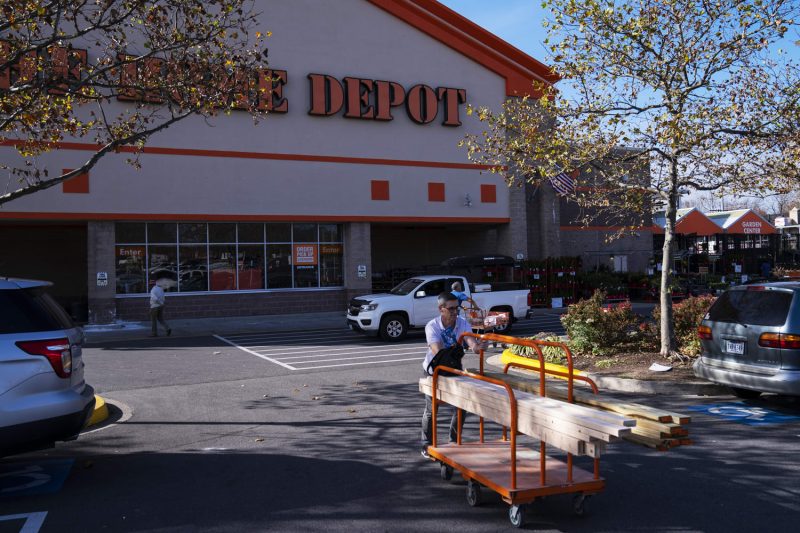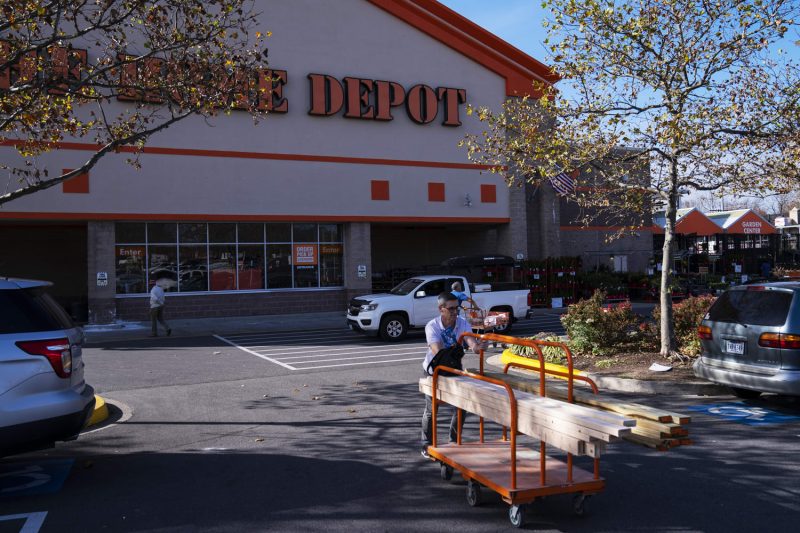
Former Mises Institute president Jeff Deist wrote on the concept of “soft secession” in September 2021. The article talks about how left-leaning states have an opportunity to embrace an abundance of progressive policies for their citizens—without leaving an open door for real violence to occur—through the pursuit of soft state secession. Some people in the left-thinking world are starting to get it. This soft secession principle applies to those living in the right-leaning states as well.
The article also talks about how people from certain ideological and geographic perspectives in the United States are embracing soft secession by moving to a state that more reflects their worldview. The 2020 US Census data and the currently updated estimated census figures show this happening with the ongoing exodus of people from California, Illinois, and New York, resulting in the loss of seats for each state in the US House of Representatives.
Soft secession has some advantages of telling bureaucrats in Washington, DC, that you care about your own power and control. We, the citizens of the soft seceding state(s), choose to be the adults in the room to solve the problem(s) shared with one or more border states through a compact administered by mutual consent. Any tax dollars spent through the compact are from each consenting state. Legislation, rulemaking, and compact commission composition are decided through the approvals of each state’s legislature, regulatory agencies, and political leaders. Each compact is a choice by the state(s) to ignore the plethora of nitpicking and useless federal edicts.
River compact commissions in the state of Texas are examples of these compacts administered through mutual consent. Texas implements five interstate river compact commissions or compacts. The compacts are agreements (contracts) signed by the states involved and ratified by the legislature of each state and by Congress. These compacts establish how the water is apportioned between each of the compact states, and each compact is administered by a commission comprising representatives from each state and a representative of the federal government appointed by the president.
One example is the Canadian River Compact administered in New Mexico, Oklahoma, and Texas that was established in June 1952. One purpose of this compact is for the conservation of the waters of the Canadian River.
River compacts are not new, with the Colorado River Compact of 1922 dividing the water of the Colorado River—also known at the time as the “American Nile”—between Arizona, California, Colorado, Nevada, New Mexico, Utah, and Wyoming. The compact is not a long document, but simplicity in language and administration is possible.
The Ohio River Valley Water Sanitation Compact is an interstate compact created in 1948 through the consent of Illinois, Indiana, Kentucky, New York, Ohio, Pennsylvania, Virginia, and West Virginia to operate programs to improve the quality of the water in the Ohio River and its tributaries. Approval by each state legislature as well as the federal legislative and executive branches was needed. This compact created the Ohio River Valley Water Sanitation Commission.
A future multistate compact approval could be pursued without federal legislative and executive consent as part of soft secession. Removing future oversight from federal courts would need to be addressed in the language of each state compact. Compacts could cover electrical transmission line right-of-way; environmental review and construction approval; natural gas or oil pipeline easement; construction consent and environmental permitting; freshwater pipeline construction, maintenance, and operation; saltwater bay estuary monitoring, maintenance, and remediation plans; or telehealth initiatives and cooperation.
The National Center for Interstate Compacts is a nonprofit organization that believes state coordination can be effective, but it requires deliberate and detailed recognition of state differences and the ability to structure interstate agreements in a way that promotes mutual, long-term success. This organization could be a helpful resource for those states desiring this future option.
The opportunities are present, and it takes a choice by bureaucrats, political officeholders, businessmen, and private citizens to say each state can solve their problems without looking at the sacred god of approval from Washington, DC. Looking long term for preserving river water access is one advantage of a state compact. The federal focus on problem solving is for the short term for whatever is palatable to those running public policy decision-making for that election cycle.
State-level decision-makers are encouraged to choose soft secession with the purpose of preserving and prospering their state for perpetuity. The time is before many state citizens to communicate with the people in Washington, DC, that they should float down the Potomac River into the Chesapeake Bay and out to the Atlantic Ocean to be lost and forgotten.








